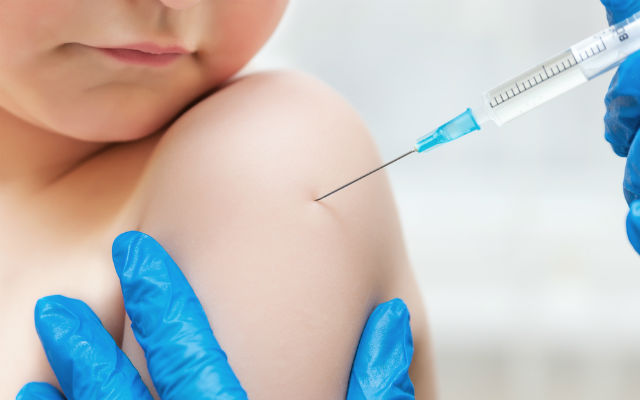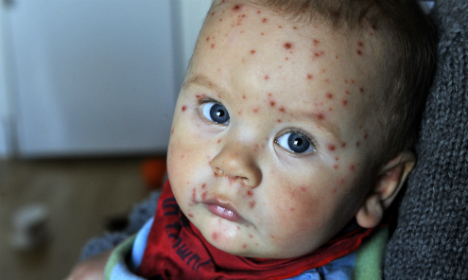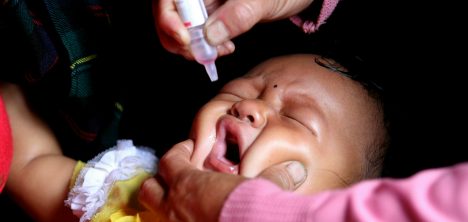
The up-to-date coverage in children of 12-23 months of age was 74.1% and was higher in our sample than previously reported from Pakistan. The coverage for OPV vaccine was 90%, and the coverage of HBV and DTP was 80%. Our results are consistent with studies conducted in similar settings; such as a study from two other earthquake hit districts of Pakistan found the up-to-date coverage of 45.9% and 39.4%,or a study which reported immunization coverage of between 60% and 70%.
Living farther away from clinics affects immunization in children. Living at a travel time of more than ten minutes in district Muzaffarabad from the health facility affected negatively the immunization of child probably because of mountainous terrain of district Muzaffarabad. Time and financial costs for attending a health facility tend to increase as the distance increases. In fact, 65% of families with unimmunized children said that place of immunization is too far. Most of these families had to walk to these health facilities possibly because of lack of transportation.
Furthermore, children whose mother were uneducated or had <8 years of education were 2.1 times less likely to be immunized, and our data showed a dose-response relationship for mother’s education and immunization. The importance of mother’s education underscored our finding that 80% of parents of unimmunized children were not aware of the need for immunization. Research clearly points to the link between maternal education and child immunization status.
We found that children in families, which faced some challenge where a mother or someone other who made the decision was ill, were less likely to have up to date immunization. Our results are consistent with results from other studies done in Pakistan which showed that family circumstances contributed to the decisions to access immunization for children.
Conclusion
Communities which are located away or have difficulty in accessing health services, especially in disaster-stricken areas arranging outreach or mobile immunization strategy can be useful. Female education needs to be prioritized in these communities and mothers be given awareness on immunization through health education sessions organized by rolling out existing system of community health workers. The poor, especially from ethnic minority and marginalized communities, need additional leverage to access immunization services for their children.



